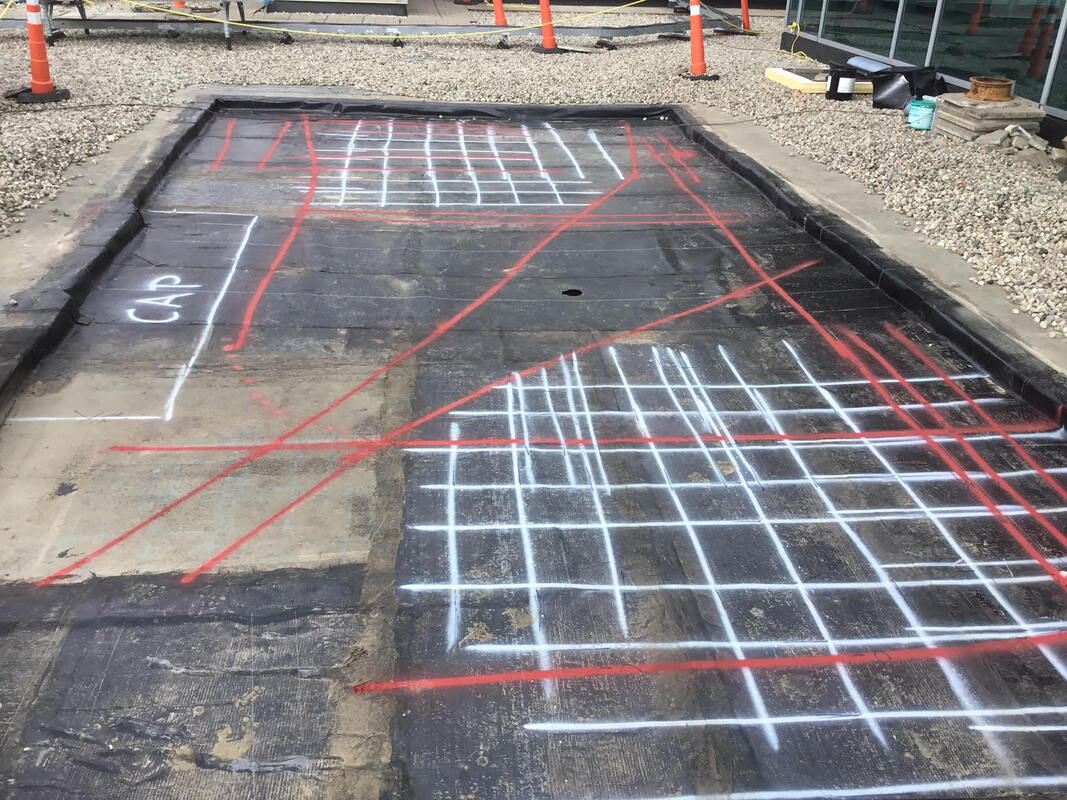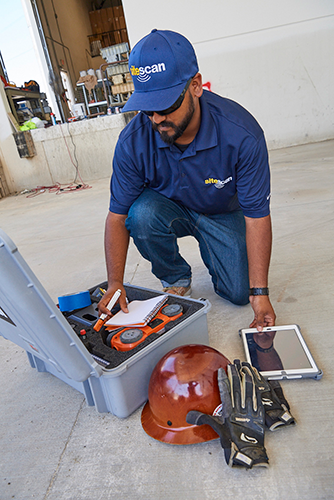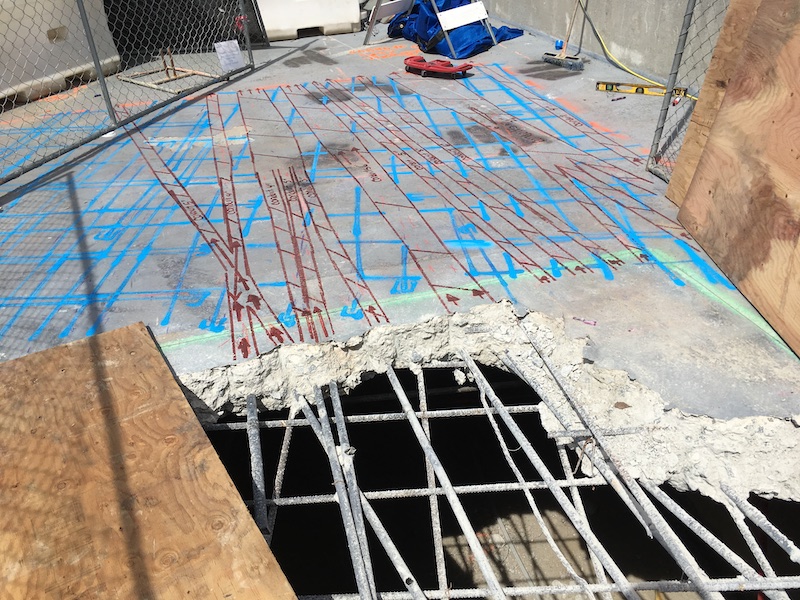Advanced Concrete Scanning Techniques: Guaranteeing Architectural Honesty
Advanced Concrete Scanning Techniques: Guaranteeing Architectural Honesty
Blog Article
Reveal the Transformative Power of Concrete Scanning in Making Best Use Of Effectiveness and Safety
Concrete scanning has emerged as an important tool in the construction industry, using unparalleled advantages in improving job performance and guaranteeing safety and security standards. The transformative power of concrete scanning lies in its capability to provide in-depth understandings and real-time information, revolutionizing exactly how tasks are intended and executed.
Relevance of Concrete Scanning
Making sure the architectural honesty and safety of building tasks starts with the critical step of carrying out comprehensive concrete scanning. Concrete scanning is a non-destructive technique used to detect and map subsurface components within concrete structures.
The significance of concrete scanning can not be overemphasized, as it plays a crucial duty in preventing mishaps, minimizing job delays, and making sure the lasting resilience of the construction. By identifying potential risks before the building and construction stage starts, contractors can carry out suitable security procedures and make educated choices concerning the layout and implementation of the task. In addition, concrete scanning aids in optimizing project timelines and budget by avoiding unexpected prices and hold-ups that might develop as a result of unforeseen obstructions within the concrete. Ultimately, buying detailed concrete scanning is a proactive strategy that boosts both performance and security in building jobs.
Exactly How Concrete Scanning Works
Concrete scanning runs as a crucial device in construction jobs by using sophisticated modern technologies to discover and map subsurface components without creating architectural damage. Ground Permeating Radar (GPR) and Electromagnetic Induction (EMI) are 2 main methods used in concrete scanning.
During the scanning process, the data gathered is analyzed in real-time, allowing instant recognition of possible risks or barriers under the surface area. This information help in decision-making, guaranteeing that building activities proceed safely and successfully. Additionally, 3D imaging software can be utilized to develop topographic maps of the subsurface aspects, further improving project planning and execution. By employing these sophisticated technologies, concrete scanning dramatically lowers the threat of pricey damages and injuries on construction sites.
Benefits of Concrete Scanning
Making use of sophisticated scanning modern technologies in building projects uses a wide variety of advantages, boosting both effectiveness and safety and security on-site. Among the primary benefits of concrete scanning is the ability to detect and find embedded items such as rebar, post-tension cable televisions, and avenues precisely. By recognizing these elements prior to drilling or reducing into concrete frameworks, the risk of accidental strikes is considerably decreased, protecting against potential injuries to workers and damages to the framework itself. Furthermore, concrete scanning aids in planning and creating better, as it gives accurate info concerning the area and depth of structural parts.

Instance Studies: Concrete Scanning Success

In one more instance, a building and construction company made use of 3D concrete scanning to analyze the problem old concrete frameworks in a historical building. The in-depth scans supplied useful understandings right into the level of wear and tear and assisted prioritize maintenance efforts successfully. By proactively resolving locations of problem recognized with scanning, the business was able to extend the life expectancy of the structure and ensure owner security.
These situation studies underscore the transformative power of concrete scanning in boosting performance, accuracy, and safety and security in building and construction tasks.
Executing Concrete Scanning in Projects
Carrying out sophisticated scanning technologies throughout building projects has Related Site become increasingly important for boosting precision and security. By integrating concrete scanning into job preparation and implementation, building teams can recognize potential dangers, such as rebar or post-tension cable televisions, concealed within concrete structures. This aggressive technique minimizes the threat of crashes, hold-ups, and pricey rework, eventually leading to a lot more effective project timelines and spending plans.
To apply concrete scanning efficiently, task supervisors must collaborate carefully with seasoned scanning professionals to establish one of the most appropriate scanning strategies for the particular job requirements. Involving scanning professionals from the onset of a job allows the group to develop extensive scanning strategies that resolve key areas of worry and make certain extensive information collection.
Moreover, incorporating concrete scanning into normal task workflows can improve decision-making processes, as real-time check data supplies prompt understandings right into the problem of concrete structures - Concrete Scanning. This data-driven strategy facilitates informed problem-solving and enables teams to make modifications immediately, cultivating a society of performance and safety and security throughout the project lifecycle

Conclusion
Finally, concrete scanning plays an essential function in improving efficiency and security in building tasks. By utilizing sophisticated technology to find and map out underlying structures within concrete, this procedure assists to stop expensive blunders, make sure architectural integrity, and lessen risks on site. With the capacity to uncover concealed components and offer accurate information, concrete scanning confirms to be an important device for optimizing project outcomes and taking full advantage of total success.
Concrete scanning is a non-destructive approach used to discover and map subsurface components within concrete structures. In addition, concrete scanning aids in optimizing project timelines and budget plan by preventing unforeseen expenses and delays that might occur due to unpredicted obstructions within the concrete. One notable situation research study involves a large remodelling project where concrete scanning played an essential role in guaranteeing task success.In one more case, a building firm utilized 3D concrete scanning to examine the condition of aging concrete frameworks in a historic structure. By incorporating concrete scanning into project preparation and implementation, top article construction teams can determine possible risks, such as rebar or post-tension cables, concealed within concrete structures.
Report this page